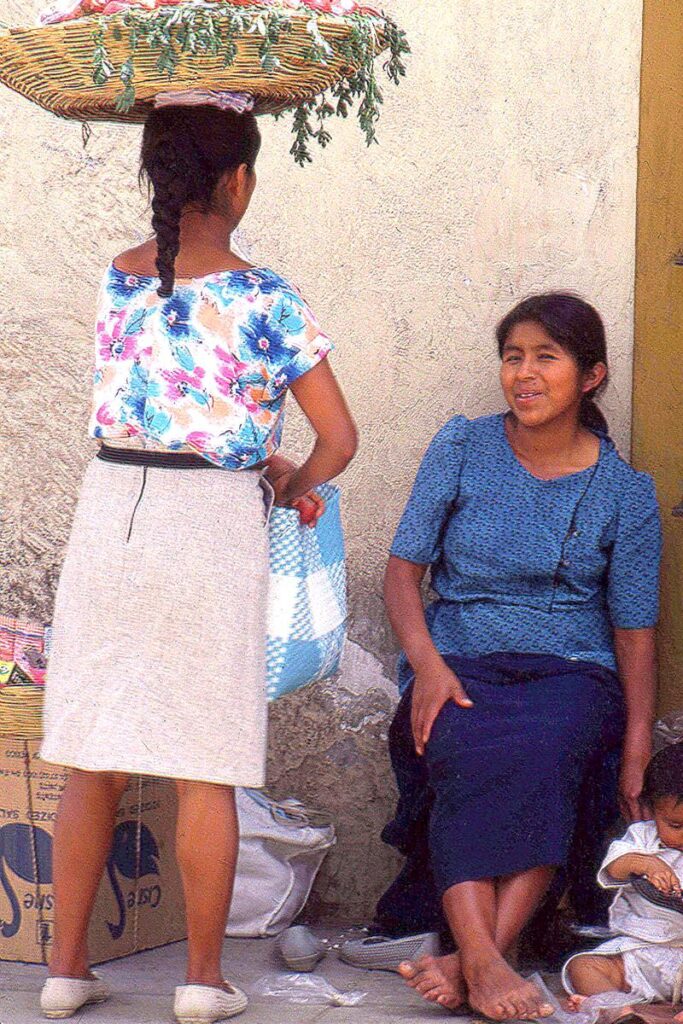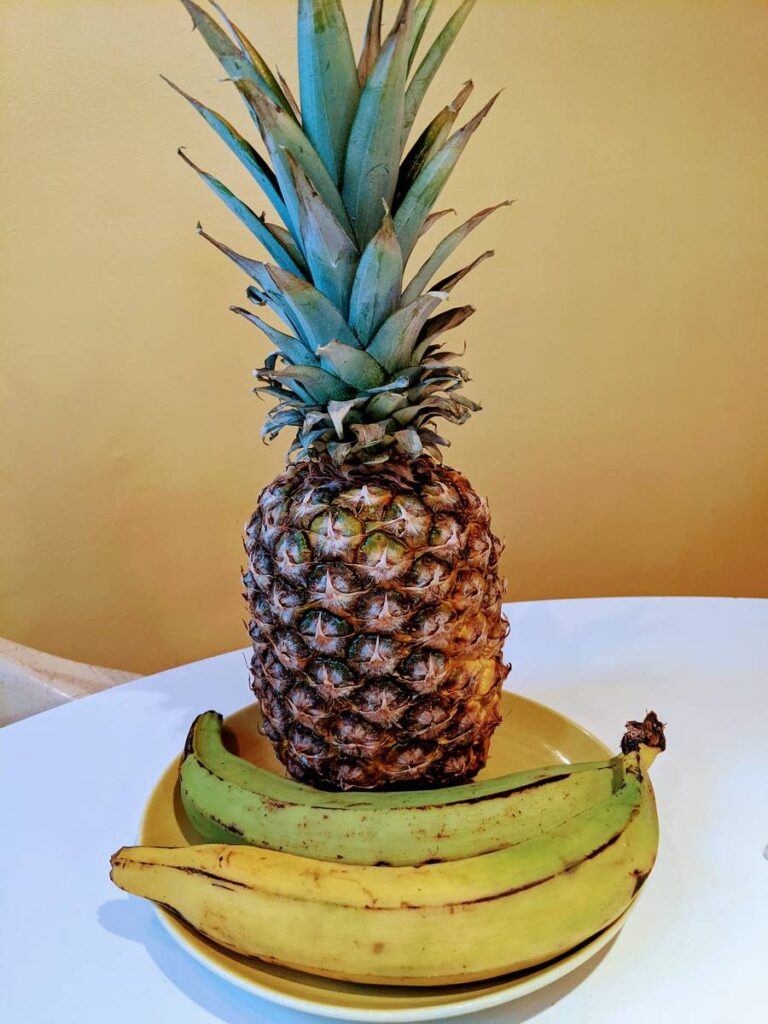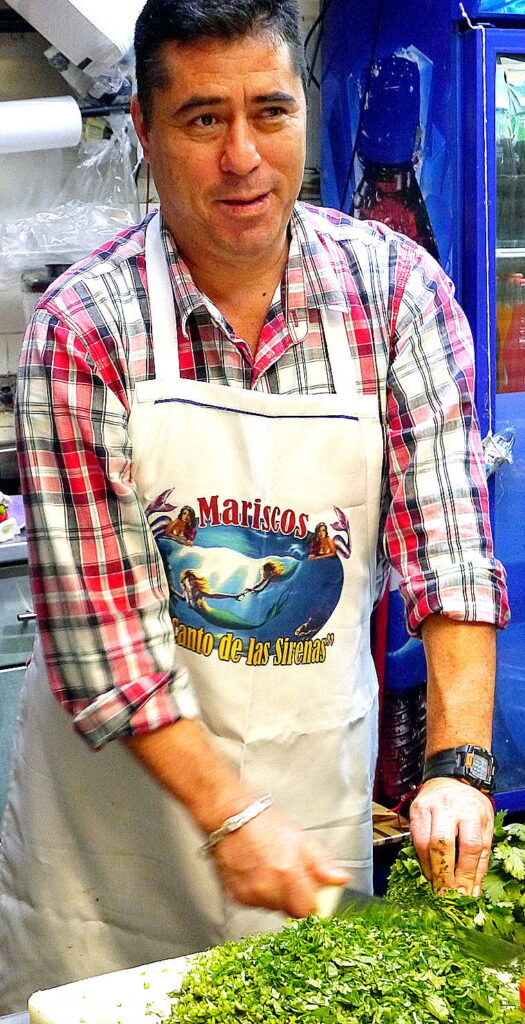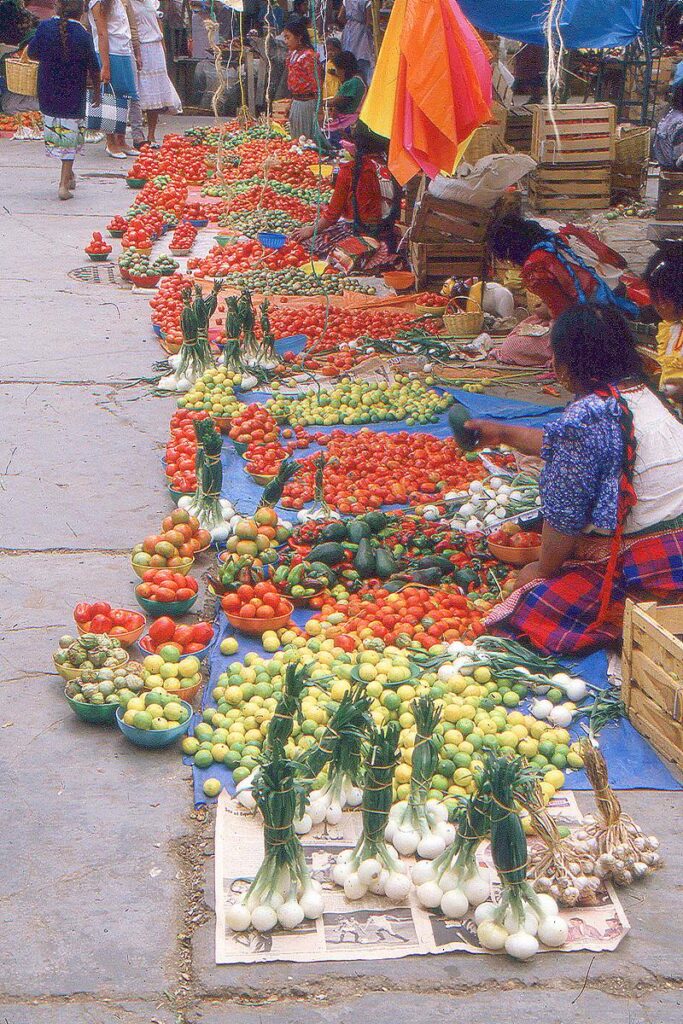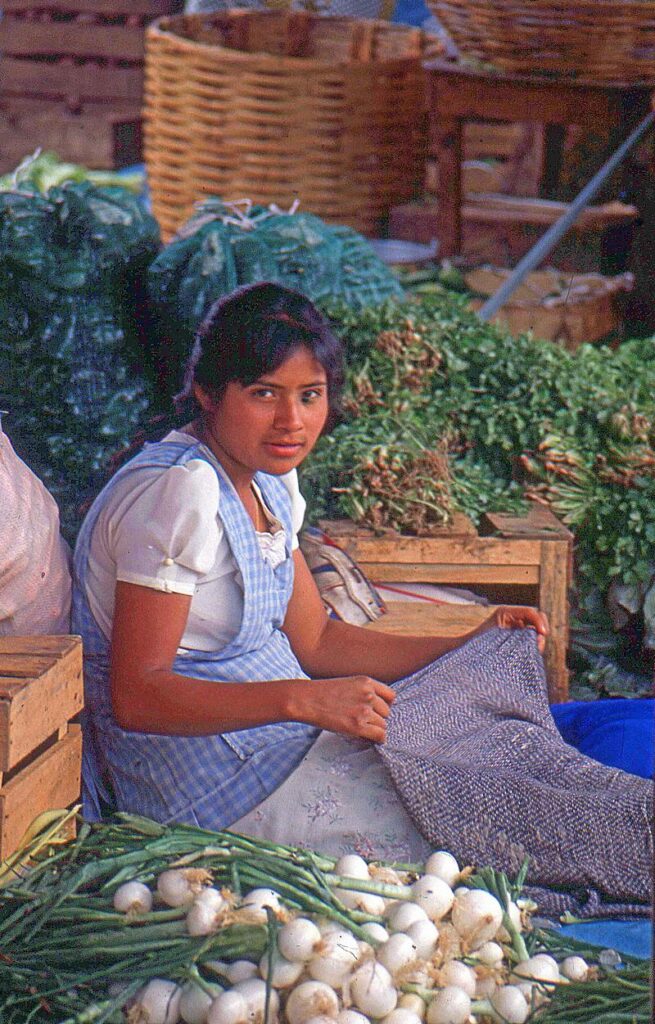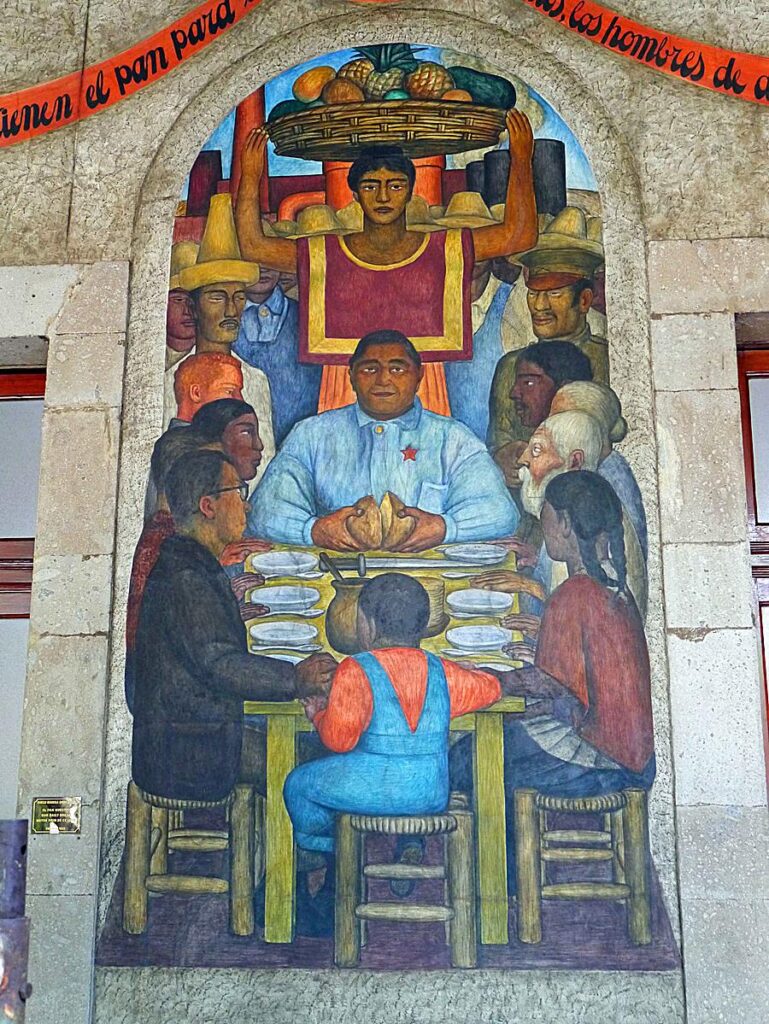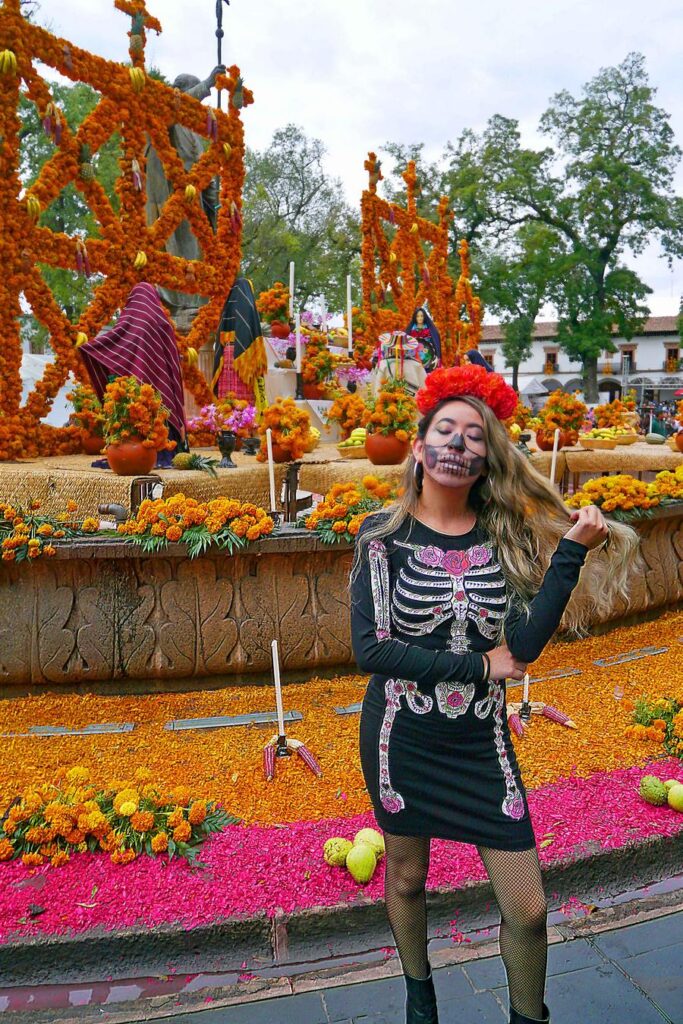
Tortilla soup: Mexico’s world class comfort bowl
Because our trips to Mexico have mostly focused on the central highlands, we've been acquainted with tortilla soup as long as we've been going to Mexico. You might find it in some coastal resorts, but it's primarily a staple of the inland Mexican cities. We can't count how many different versions we've eaten over the years. Sometimes the soup is gussied up with fresh chopped herbs, cubes of avocado, or diced hard-boiled egg. Often it is simply thin chicken broth thickened with fried tortilla strips. But we've never eaten a bad version of tortilla soup. Sitting in a small back room or under the arcade (as in Morelia, above), tortilla soup makes a dependably tasty and economical lunch. Over the years, we've perfected a version...Read More

